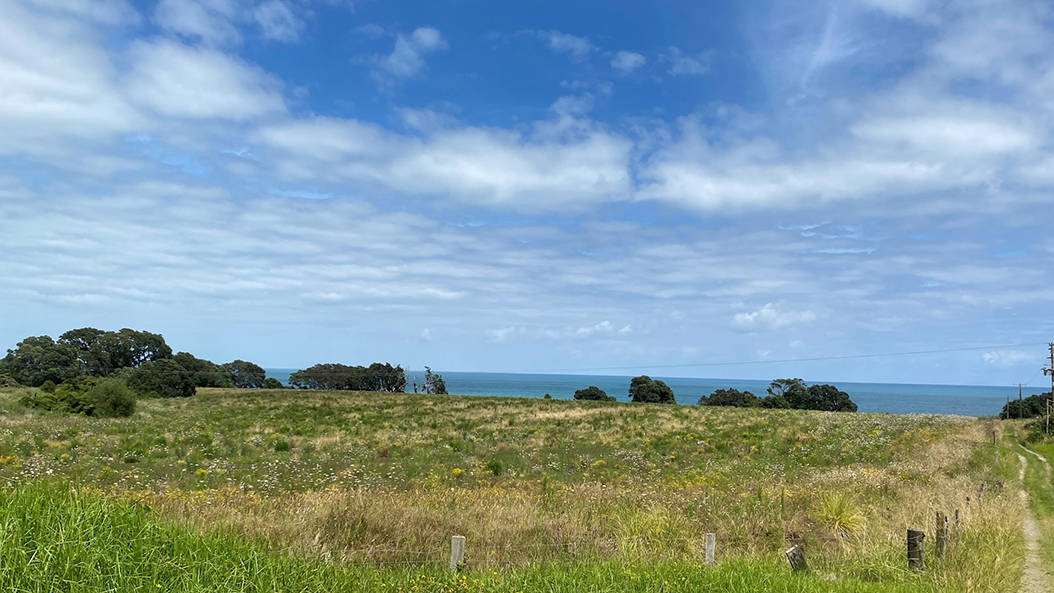Cawthron researchers help develop capability for new Te-Whānau-ā-Apanui mussel spat hatchery
19 May 2022
Cawthron Institute researchers have been supporting Te-Whānau-ā-Apanui, to develop the capability, knowledge, and skills needed to build and operate a world- class shellfish hatchery.
The development of Te Huata Mussel Spat Hatchery near Te Kaha in Te Moana-a-Toi Eastern Bay of Plenty was recently announced by the Government, who are investing in the venture through the Regional Strategic Partnership Fund. The initiative will provide skilled work as well as reducing our mussel industry’s reliance on wild spat (seed) which is currently limiting industry growth. During the development process, Cawthron Institute has been part funded by Callaghan Innovation to help Te-Whānau-ā-Apanui develop the knowledge and hatchery processes critical for the venture’s success.
Several months into the two-year research and development project at the Cawthron Aquaculture Park in Nelson, Project Lead Nick King says impressive progress has been made.

Te Whānau ā Kaiaio land near Te Kaha in the Eastern Bay of Plenty where the $45 million dollar hatchery will be built.
“We started working with hatchery staff immediately on the knowledge required for them to provide essential input into hatchery fitout and equipment requirements, as the design process is already underway, with construction set to begin later this year,” King says.
“We’ve run similar implementation projects with our other shellfish industry partners when they were also in the early phases of hatchery development, so we have plenty of knowledge and hands-on experience helping [our partners] develop customised systems and processes that are unique to each hatchery venture.”
King says that significant government investment at Cawthron Aquaculture Park (CAP) over the years through contestable funding programmes like Endeavour and the Strategic Science Investment Fund has resulted in Cawthron being able to offer a valuable service to new aquaculture ventures throughout Aotearoa New Zealand.
“When aquaculture ventures are in the early phases of development there is significant risk and a lot of complex scoping and R&D required to ensure that the venture is viable and well suited to the unique environment it will operate in,” King says.
“Rearing juvenile shellfish is extremely challenging and Cawthron uses our own background knowledge and staff expertise to provide a head-start, de-risking the development of standard operating procedures and specialised hatchery capability, to maximise the timeliness and likelihood of success of the new hatchery operation.”

Nick King
Senior aquaculture scientist
“There is no one-size-fits-all approach, so it’s a collaborative process and we’re really enjoying working through this with the awesome staff from Te-Whānau-ā-Apanui – it’s such an exciting project that has the potential to do so much for their community.”
King and the CAP team will also assist in the development of a customised breeding programme, initially getting underway at CAP, and moving to the newly built Te Huata Hatchery in 2023, leaving staff prepared to manage their own subsequent breeding runs.
“We love doing this kind of work as it aligns with our organisational objective to apply our knowledge in ways that support whānau/hapū/iwi aspirations, whether they are seeking environmental, community, or economic outcomes, or all of the above,” King says.
“This partnership approach ensures our research delivers the greatest possible impact.”